What is API security, and why does it matter?
What is API security, and why does it matter?
The process of preventing or mitigating attacks on APIs is known as F. APIs serve as the foundation for mobile and web apps. As a result, it’s vital to safeguard the sensitive information they send.
An API is a software interface that determines how different pieces of software interact with one another. It regulates the kind of requests between programs, how they are made, and what data formats are utilized. APIs are being used in the Internet of Things (IoT) and website applications. They frequently collect and process data or allow the user to submit data processed within the API’s context.
Google Maps, for example, is powered by an API. Google Maps can be embedded into a page by a web designer. When users use Google Maps, they are just using a prewritten API given by Google, rather than code that the web designer built piece by piece. API security includes both your APIs and those you use indirectly.
Web API security entails user and program authentication to secure sensitive data and prevent malicious conduct. Web API security is critical to the success of web applications and for safe communication in your company. This article walks you through the procedures to secure the security of your APIs.
Types of API Security
API security has grown increasingly critical, especially with the rise of IoT. Users, APIs, and the apps and systems they interact with exchange critical and sensitive data. Hackers can use an insecure API to get access to a computer or network that is otherwise secure. Let’s take a look at commonly used API security types.
API Gateway Security

An API Gateway is a critical component of an API security architecture because it acts as a focused server that regulates traffic. This functionality can also detect potential vulnerabilities, potentially exposing your APIs.
The process of defining API security involves four steps. The first step is to determine the security goals. Next, you need to identify testable implementation constraints and complete the verification. During this step, you need to ensure that the security measures are sufficient to protect your API from threats. The third step involves identifying new assets and goals. And the fourth step is the security strategy to implement the controls that will protect your API.
When you develop a sample API, incorporate security controls into the code. These controls will prevent unauthorized users from modifying or intercepting the messages. Another step is to enforce the security policy in your API. You should use application-level security measures and check your code for vulnerabilities. For example, use OAuth to protect your API against external attackers. However, this is not enough. It’s imperative to follow data privacy regulations.
Restful API security
REST APIs support HTTP and Transport Layer Security (TLS) encryption. TLS is an internet security standard that verifies that data delivered between two systems (a server and a server, or a server and a client) is encrypted and unaltered. This means that a hacker attempting to steal your credit card information from a shopping website will be unable to view or modify your information. If a website’s URL starts with “HTTPS,” you know it’s secured with TLS (HyperText Transfer Protocol Secure).
REST APIs also use JavaScript Object Notation (JSON), a file format that makes data movement between web browsers easier. REST APIs don’t need to keep or repackage data because they use HTTP and JSON, making them much faster than other APIs.
Web Application Security
Web application security is the practice of defending websites and online services from various security risks that take advantage of flaws in the application’s code. Content management systems (e.g., WordPress), database administration tools (e.g., phpMyAdmin), and SaaS apps are common targets for online application assaults.
Organizations that fail to safeguard their web applications are vulnerable to attack. This can lead to data theft, strained client relationships, canceled licenses, and legal action, among other things.
Why does API security matter for businesses?
Many organizations use APIs, but do they adhere to API security best practices? If not, this may be one of the most overlooked security risks. These services are not limited in the number of resources they allow, which opens up the door to brute force attacks. Additionally, APIs can expose users’ sensitive information to attackers who take advantage of weak authentication processes. It usually takes 200 days before a company becomes aware of a breach – and it usually takes an external party to discover it.
Developing API security is an important step in securing your application. This requires you to adhere to best coding practices and implement proper security practices. Some common vulnerabilities make your system prone to attacks, such as user-level authentication, weak encryption, storing critical secrets on disk, and not applying security updates and patches. So, it is vital to protect your business against these problems.
In addition to good coding practices, API security can also be compromised if a user uses unsecured public Wi-Fi, as these networks are the perfect environment for hackers. The security of your API depends on how you secure it, so be sure to use a secure VPN to prevent such problems. If you are using public Wi-Fi, your software must have a VPN for security.
Why is API important?
It is vital to protect your business against security issues. There are several ways to do this. For example, you should check your APIs periodically to ensure that they are secured against malicious code. You can test the security of your APIs with a tool like Sqreen. These tools are free and can be used by any business. A security expert can recommend the best practices to secure your APIs. If you don’t want to worry about security, use a security tool to protect your application.
In addition to keeping the data of your customers safe, APIs also help companies protect themselves from identity theft. There are many different types of attacks that can target an API, and each one has its own unique set of risks. For example, two-factor authentication is the best way to protect your APIs. It can prevent unauthorized transactions and can also prevent bots. Then, it would help if you used a security solution that protects your business.
The key to protecting your APIs is a comprehensive security strategy. Your security team should consider your business’s API access. It should be able to handle unauthorized access and protect sensitive data. It’s essential to know how APIs work. You can also implement a firewall by integrating the security solution into the API.
How to implement API security?
To protect your APIs, you need to consider all possible threats. Your APIs should be protected against attacks that might be malicious. By doing this, you’re preventing the attackers from using sensitive data. Moreover, it’s essential to encrypt your APIs as they may become vulnerable to attack from external sources. You need to ensure that every API you offer is encrypted and password-protected so that there’s no way for hackers to access them.
Verification
To secure your API from ill-usage, you need to validate users’ identities. You can verify user identity by using a unique API key. To prevent this, you can also verify their identity through the server. To prevent DNS, routing, or IP spoofing, you must implement an authentication protocol to avoid possible attacks. The best way to ensure this is to integrate authentication into your API security framework. If you do not, it’s impossible to guarantee your API will be secure.
Authentication
It is essential to the security of your API. Authentication ensures that your APIs are only accessible to people with the proper credentials. By ensuring that only trusted users can access your data, you can increase the trust of your APIs. This is important for several reasons. For one thing, authentication keeps unauthorized users from damaging your data. And when the user wants to change the API, they need to verify that the user is indeed you.
Limit Access
A good API security policy is not just a matter of setting limits. It also ensures that the APIs are secure. An attacker will not be able to get access to sensitive data if they are not logged in. A good security plan will prevent this from happening. It will also protect your APIs from brute force attacks. It would help if you did not allow people to access your stored data. Object-level authentication will ensure that your users are authenticated.
Conclusion
APIs are expected to become the leading attack vector shortly because they are an attractive target to attackers.
Taking proactive actions to safeguard your API design is the only method to protect your API from attackers.
Following an API Security checklist, such as the one outlined in this post, is the best method. You can also partner with one of the leading security services providers, and they can take care of this for you.
Protected Harbor secures your business using OWASP and similar resources, making sure you’re safe from the most common vulnerabilities at all times. Protected Harbor partners with the clients understanding their requirements and then successfully implementing the ways you might need to safeguard your API against common threats. There’s still a lot to learn about API security, but this is a fantastic place to start. Secure yourself today.
API Security Checklist
A checklist to help you plan and carry out your testing strategy:
- Create a separate test environment for your API whenever possible so you can test without breaking production.
- Create functional tests for the happy path first, then automate them with your preferred toolchain.
- Using the same tools, create negative tests for edge scenarios that lead to security concerns. Begin with testing authentication as a first quick victory.
- Create detailed documentation for all access control techniques, such as roles, in your APIs. Create test users with a variety of permissions and access to secret resources. Then create test scenarios in which these users try to access unlawful resources. Keep in mind that authorization is just as necessary as authentication!
- Don’t think of your API as if it were a black box. Discover the kind of issues that your back-end architecture is susceptible to (such as mass assignments, SQL injections, etc.).
- Create test cases with input exceeding boundaries. Additional attributes, going outside established constraints, and command or SQL injections are all examples (if necessary).
- Keep an eye on all error responses for signs of internal information leakage.
- Include security tests in the performance testing process to guarantee that any unusual behavior under stress does not compromise security.

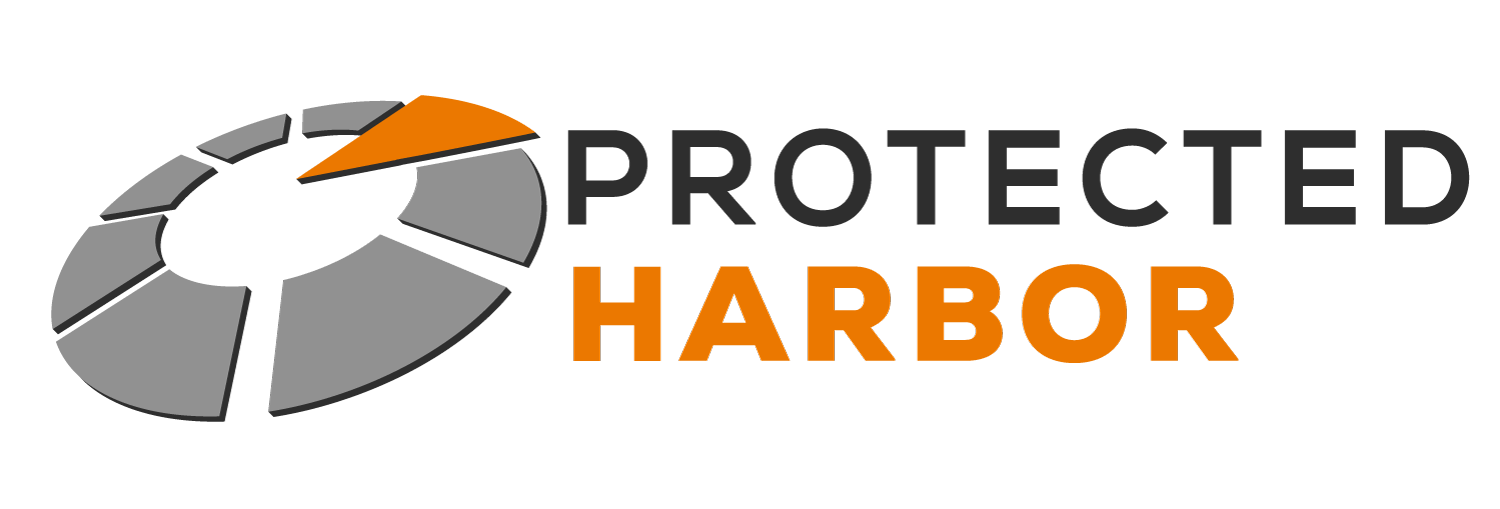



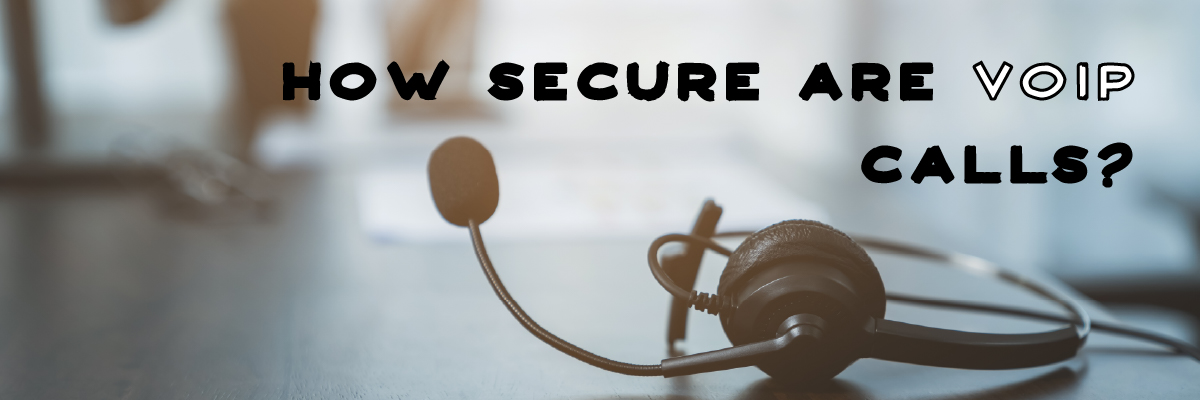
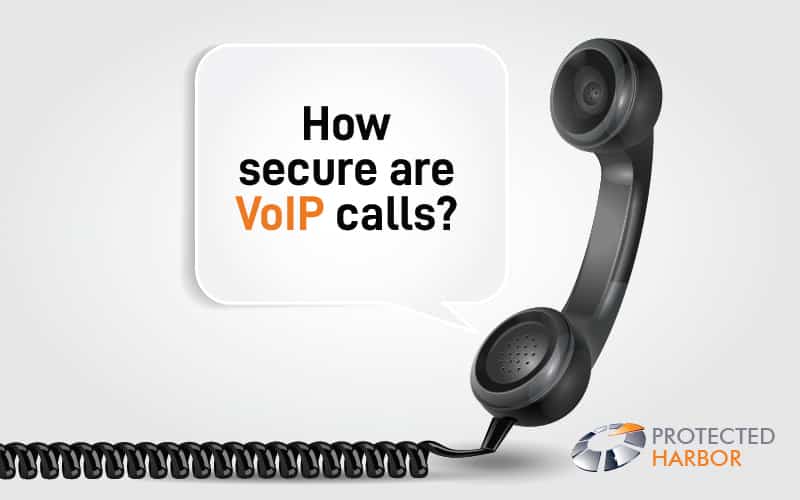




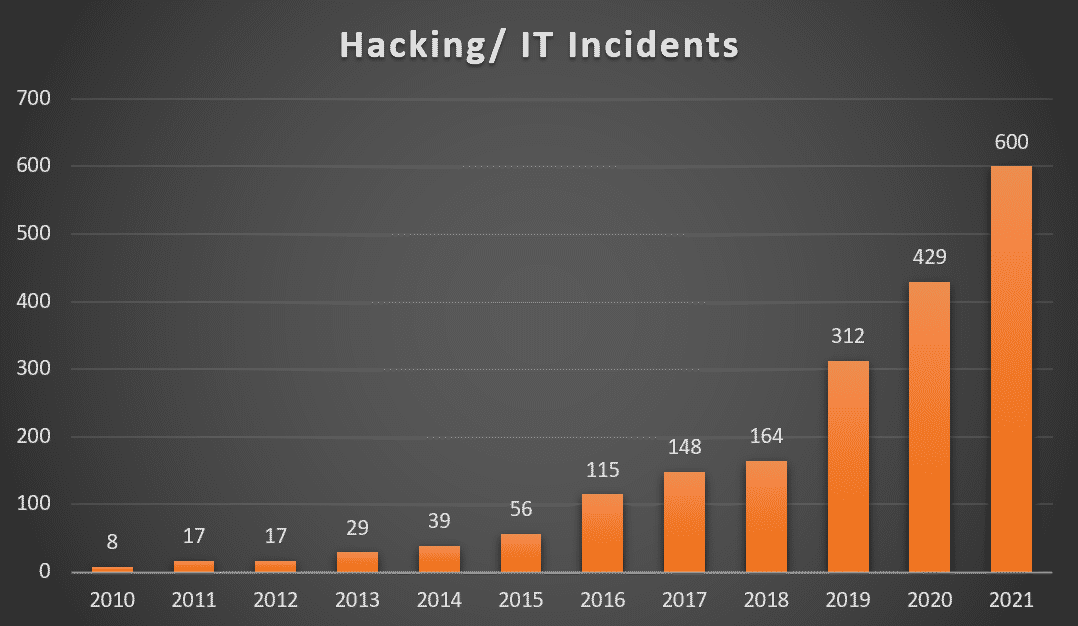 Patient Data Theft: High risk
Patient Data Theft: High risk

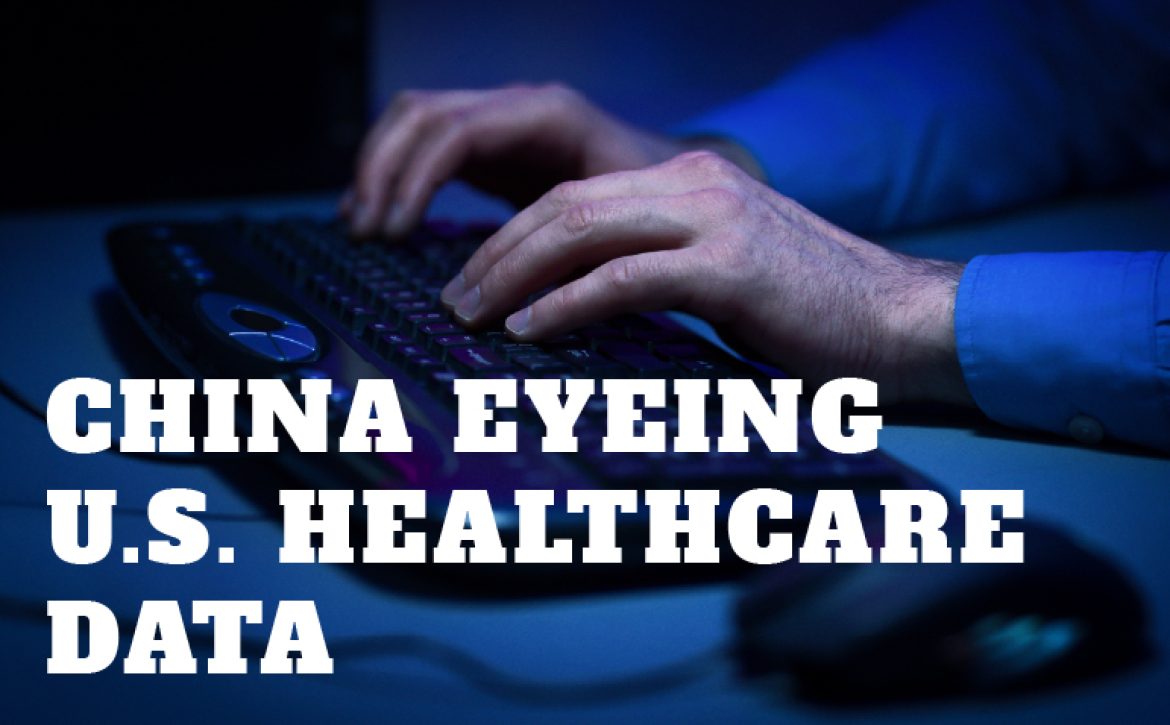
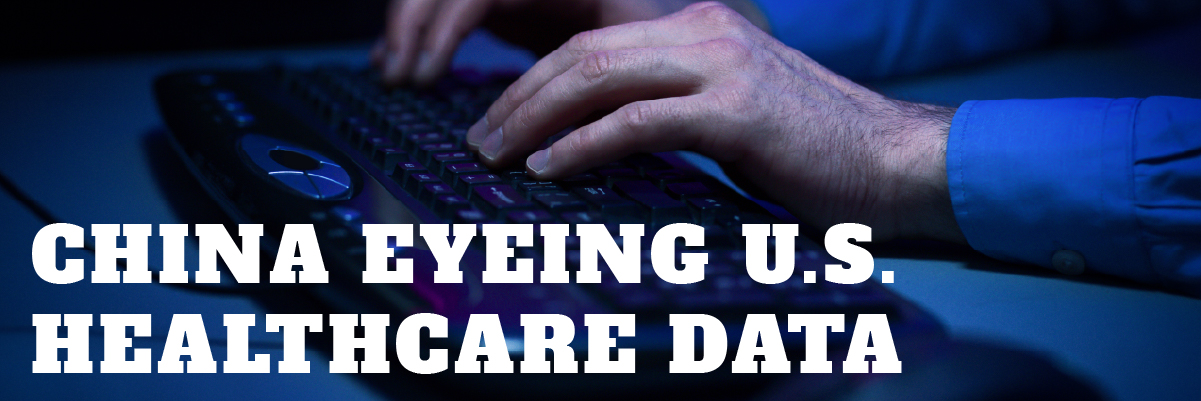





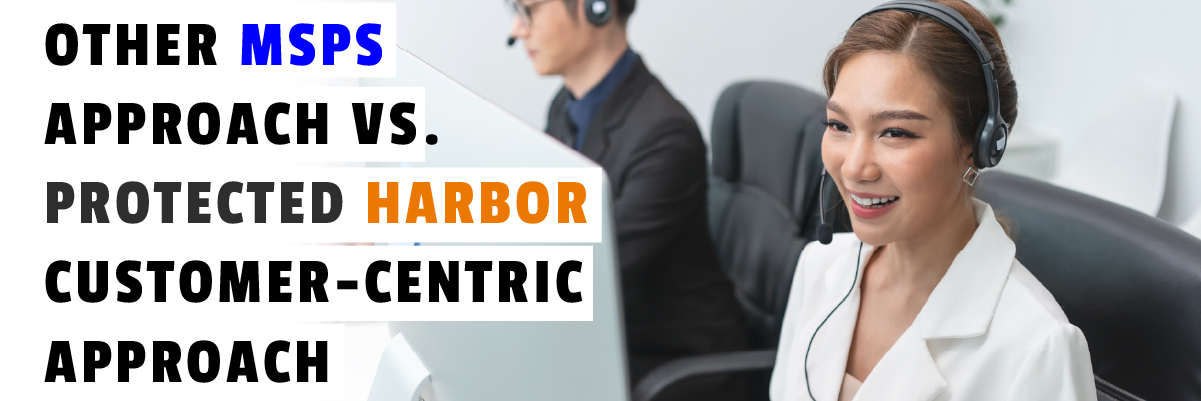

 Outages and Downtime; Is it a big deal?
Outages and Downtime; Is it a big deal?